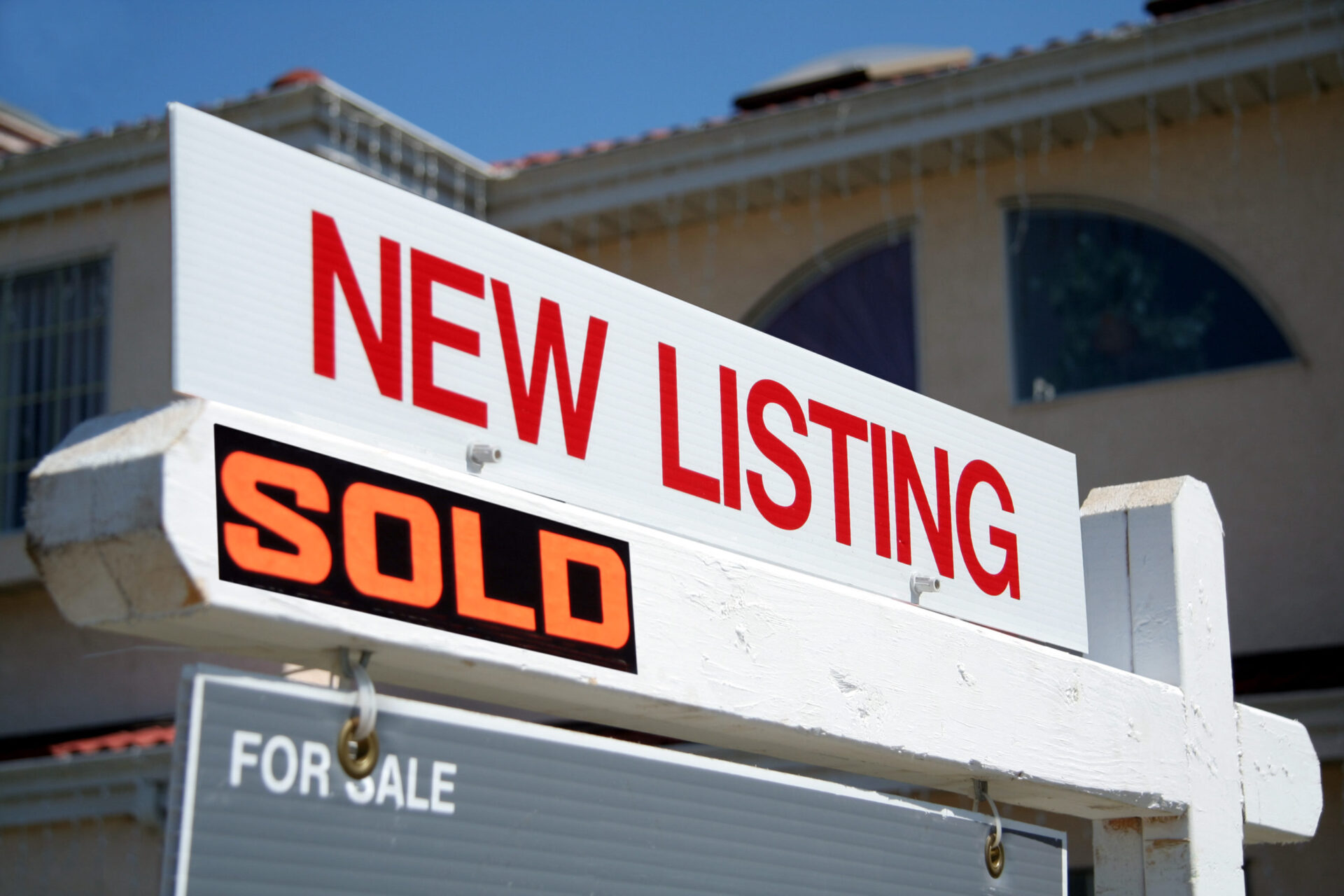Pending home sales dropped 2.2% in November, a 2.7% decrease year-over-year (YOY), according to the National Association of Realtors’ (NAR) Pending Home Sales Index (PHSI).
The PSHI, which predicts home sales based on contract signings for existing homes, fell to 122.4. An index of 100 is equal to signing activity in 2001.
“There was less pending home sales action this time around, which I would ascribe to low housing supply, but also to buyers being hesitant about home prices,” said Lawrence Yun, NAR’s chief economist.
“While I expect neither a price reduction, nor another year of record-pace price gains, the market will see more inventory in 2022 and that will help some consumers with affordability.”
Signings declined in all four major U.S. regions month-over-month (MOM), and three out of four saw drops YOY, with the exception of an annual boost in signings in the Midwest.
In the Northwest, the PHSI fell 0.1% MOM and 8.5% YOY, while the South saw declines of 0.7% MOM and 1.3% YOY. In the West, the index dropped 2.2% MOM and 4.6% YOY. The Midwest saw the only increase, up 0.2% YOY, but still fell 6.3% MOM.
The median national home price rose 17% in 2021 to a record $317,500. Though homeownership costs are still within the financial means of average workers, affordability is declining in all four major U.S. regions.
Though the bidding wars that exhausted potential homebuyers in 2020 and 2021 have shown signs of subsiding, home prices continue to outpace wage growth. Inventory remains limited and the price of newly constructed homes is rising, fueled by labor shortages and the rising cost of building materials.
Tariffs on Canadian lumber have led to futures on lumber prices climbing to an all-time high, and the Commerce Department said in November that it will increase them from an average of 8.99% to 17.99%.
“With Biden doubling tariffs on Canadian lumber, it will add a lot of pressure on home costs and how long it takes to build a home,” Robert Dietz, chief economist and senior vice president for economics and housing policy for the National Association of Home Builders, told Forbes. “That’s why you see the median price of a new home above $400,000.”
